Are Seals Sea Lions ?
Are Seals Sea Lions ?.No, seals and sea lions are not the same. While they both belong to the same taxonomic group known as pinnipeds, they are distinct types of marine mammals with noticeable differences in physical characteristics, behavior, and habitat.
Seals
Seals are characterized by their streamlined bodies, short flippers, and lack of visible ear flaps. They move on land by wriggling their bodies, dragging their hind flippers, and using their front flippers for balance. Seals also have a thick layer of blubber to help them survive in cold waters. They tend to be more solitary animals, spending a significant amount of time in the water and coming ashore primarily for breeding and molting.
Sea Lions
On the other hand, sea lions have a more robust build, longer and more powerful front flippers, and visible external ear flaps. They are capable of walking on land using their large front flippers, which are adapted for propulsion. Sea lions are also known for their agility and ability to perform various acrobatic movements. Unlike seals, sea lions are more social animals, forming colonies and engaging in group behaviors such as vocal communication and cooperative hunting.
Pinnipeds, a group of marine mammals, encompass a diverse range of species adapted for life both in the water and on land. Among these remarkable creatures are seals and sea lions, two closely related but distinct types of pinnipeds. While they share common characteristics and belong to the same taxonomic order, there are key differences that set them apart. This article seeks to delve into the fascinating world of seals and sea lions, shedding light on their similarities and exploring the unique traits that distinguish them from one another.
By examining their physical characteristics, habitat and distribution, behavior and social structure, as well as their conservation status, we can gain a deeper understanding of these magnificent creatures. Through this exploration, we aim to appreciate the rich diversity of pinnipeds and highlight the importance of their conservation and protection in our fragile marine ecosystems.
In summary, while seals and sea lions are both pinnipeds, they have distinct physical characteristics, behaviors, and habitats that differentiate them from each other.
Here in below table, their is a comparison between Seals and Sea Lions.
| Seals | Sea Lions | |
| Physical Characteristics | Streamlined bodies, short flippers, lack of visible ear flaps | Robust bodies, long and powerful front flippers, visible external ear flaps |
| Movement on Land | Wriggle their bodies, drag hind flippers, use front flippers for balance | Walk on land using large front flippers adapted for propulsion |
| Social Behavior | More solitary, spend significant time in water, come ashore primarily for breeding and molting | More social, form colonies, engage in group behaviors, such as vocal communication and cooperative hunting |
| Fur and Blubber | Have a thick layer of blubber for insulation in cold waters | Also possess a layer of blubber, but may have a thicker fur coat |
| Geographic Distribution | Found in both northern and southern hemisphere in a variety of habitats | | Predominantly found in the northern hemisphere, particularly along the coastlines of North America and Asia |
| Conservation Status | Face various threats, some species listed as endangered or vulnerable | Face similar threats, some species listed as endangered or vulnerable |
It’s important to note that while this table highlights some of the general differences between seals and sea lions, there can be variations within different species of each group. Additionally, some characteristics may overlap to some extent.
Physical Characteristics
A. Overview of the general physical characteristics of seals
1. Body shape and size: Seals typically have a sleek and elongated body shape, with varying sizes depending on the species. They can range from small species like the ringed seal (around 1.5 meters in length) to larger species like the elephant seal (up to 6 meters in length).
2. Limbs and movement on land: Seals have short, sturdy flippers that are not well-suited for walking on land. Instead, they move by wriggling their bodies and dragging their hind flippers.
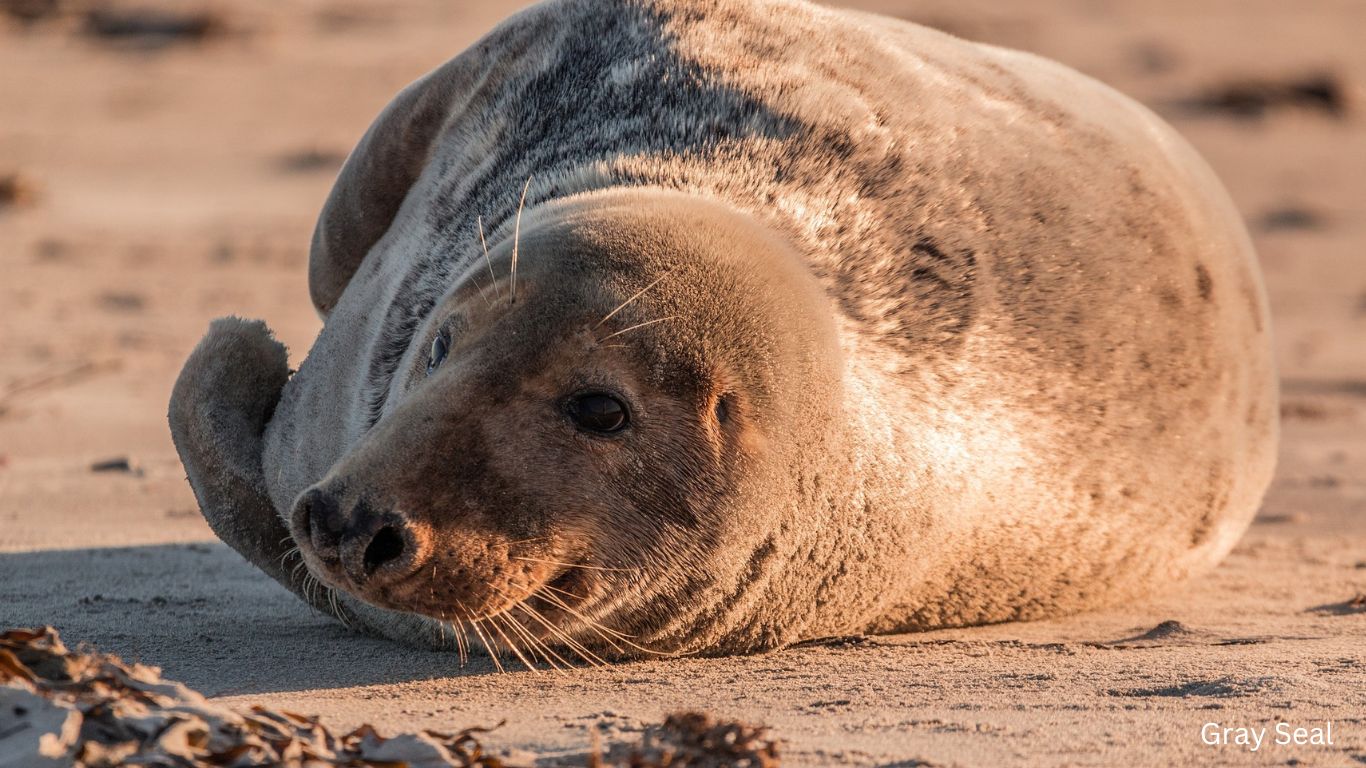
3. Fur and blubber: Seals possess a dense coat of short, dense fur that helps keep them warm in cold waters. They also have a thick layer of blubber beneath their skin, which provides insulation and energy storage.
B. Overview of the general physical characteristics of sea lions
1. Body shape and size: Sea lions have a more robust and muscular body shape compared to seals. They are generally larger, with males being significantly bigger than females. Size can range from around 1.5 to 3 meters in length, depending on the species.
2. Limbs and movement on land: Sea lions have long, strong front flippers and can walk on land using them. This allows them to move with agility and even perform acrobatic movements.
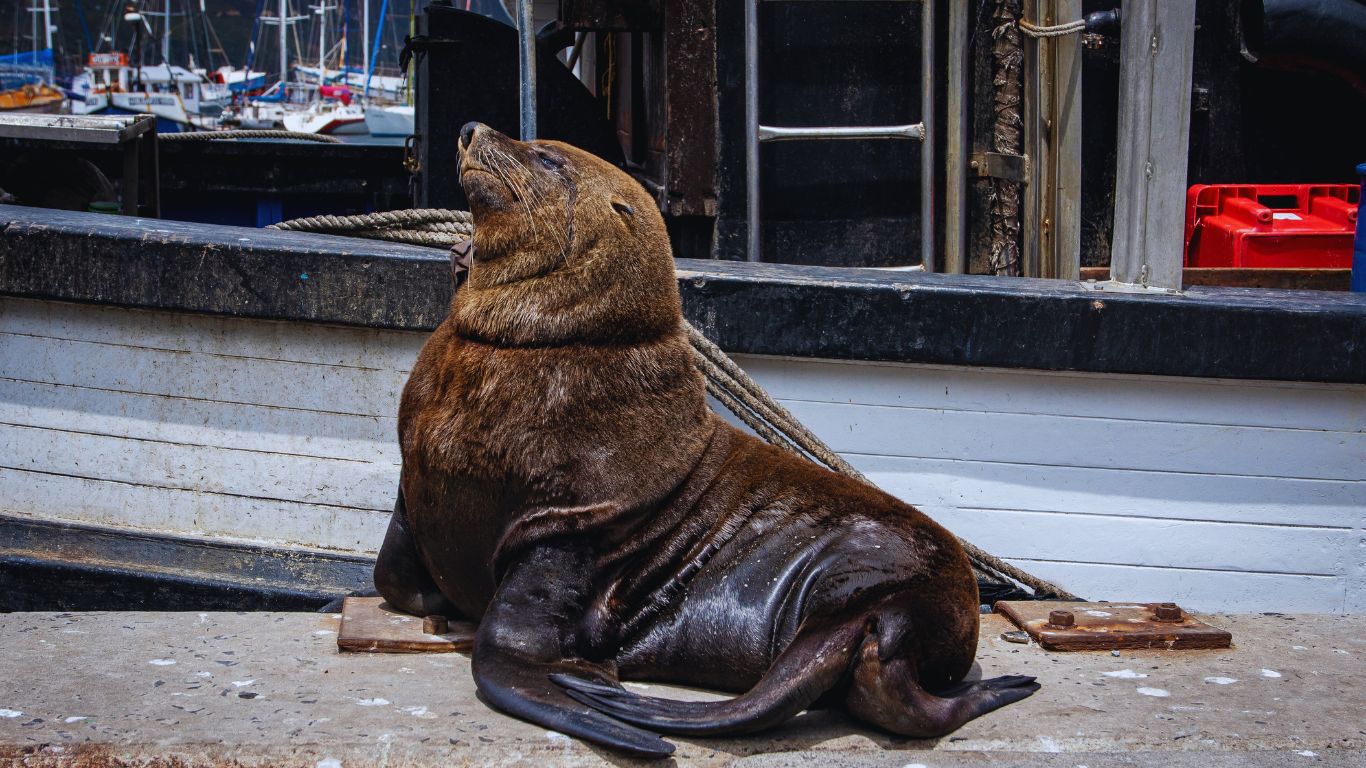
3. Fur and blubber: Similar to seals, sea lions possess a layer of blubber beneath their skin for insulation. However, they also have a thicker fur coat, particularly in the males.
C. Comparison of physical characteristics between seals and sea lions
1. Similarities:
– Both seals and sea lions have streamlined body shapes adapted for efficient swimming in the water.
– They both possess blubber to provide insulation and energy storage.
2. Differences:
– Seals have shorter, sturdier flippers, while sea lions have longer and more powerful front flippers.
– Seals move on land by wriggling their bodies and dragging their hind flippers, whereas sea lions can walk on land using their front flippers.
– Seals have a dense, short fur coat, while sea lions have a thicker fur coat, especially in males.
– Sea lions generally have a more robust and muscular body shape compared to seals.
It’s important to note that these characteristics can vary among different species of seals and sea lions, and there may be overlapping traits between them.
Habitat and Distribution
A. Overview of seal habitats and distribution
1. Preferred environments: Seals are well-adapted to a wide range of aquatic habitats. They can be found in various environments, including coastal waters, estuaries, polar regions, and even some freshwater bodies like lakes and rivers.
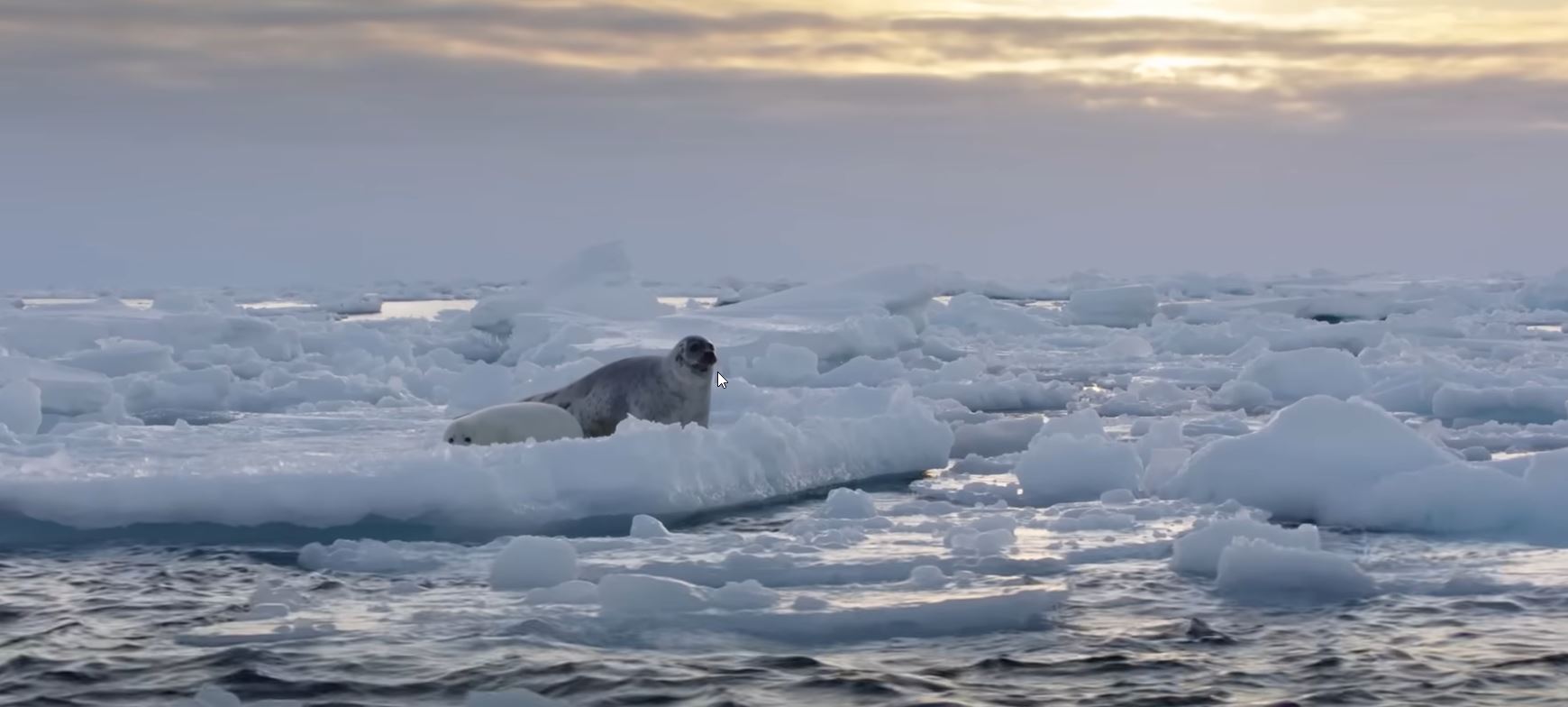
Harp Seal
2. Geographical distribution: Seals are distributed worldwide, inhabiting both the northern and southern hemispheres. Specific species have different geographic ranges, with some found in the Arctic and Antarctic regions, while others are present in temperate and tropical areas.
B. Overview of sea lion habitats and distribution
1. Preferred environments: Sea lions are primarily found in coastal environments, such as rocky shorelines, islands, and sandy beaches. They prefer areas with access to abundant food sources, such as nutrient-rich upwelling zones.
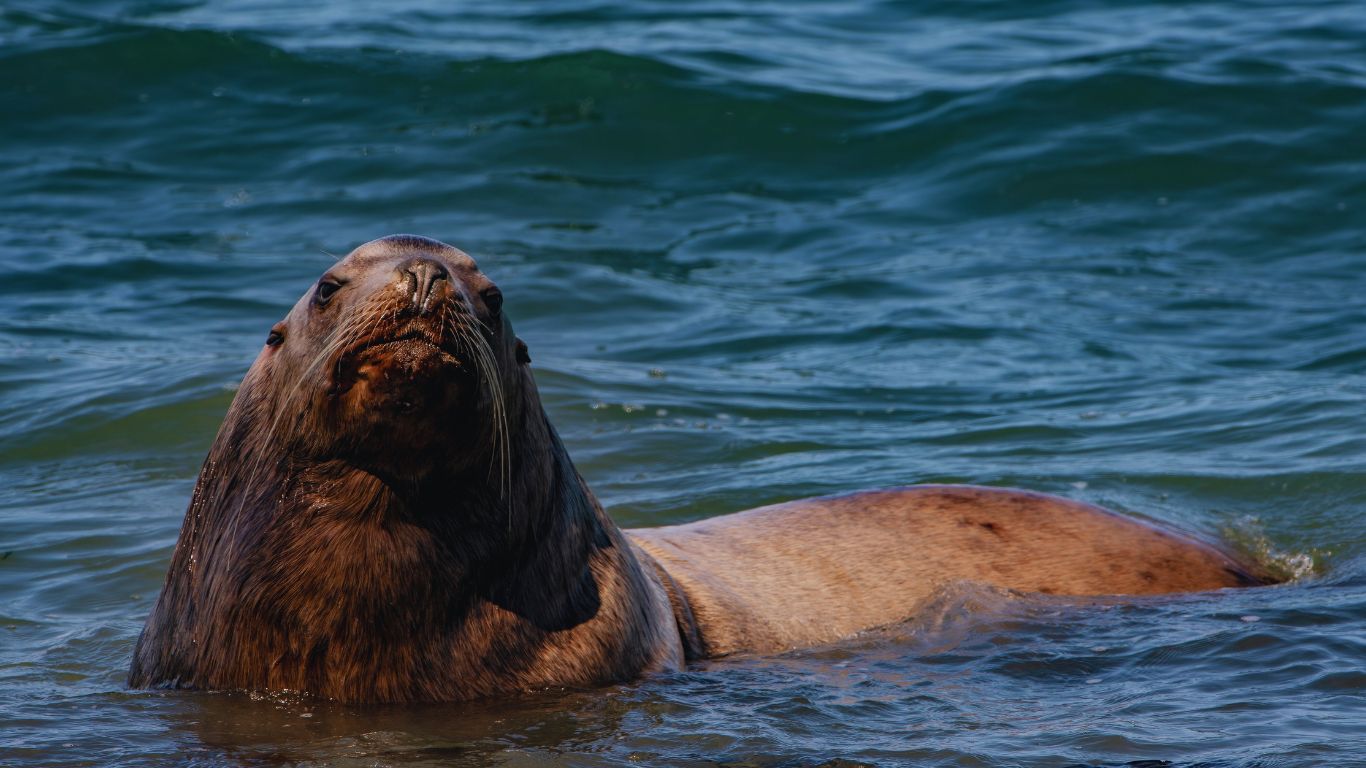
2. Geographical distribution: Sea lions are predominantly found in the northern hemisphere, particularly along the coastlines of North America, including the Pacific coast of the United States, Canada, and Mexico. They can also be found in some parts of South America and Asia.
C. Comparison of habitat and distribution between seals and sea lions
1. Similarities:
– Both seals and sea lions inhabit coastal areas and are adapted to a semi-aquatic lifestyle.
– They can be found in both the northern and southern hemispheres.
2. Differences:
– Seals are more versatile in terms of habitat preferences and can inhabit a broader range of environments, including polar regions and freshwater bodies, while sea lions primarily inhabit coastal areas.
– Seals have a more widespread global distribution compared to sea lions, which are predominantly found in the northern hemisphere, particularly along the Pacific coastlines.
It’s important to note that specific seal and sea lion species may have their own habitat preferences and distributions, and there can be variations within different regions.
Behavior and Social Structure
1. Feeding habits: Seals are primarily carnivorous and feed on a diet consisting mainly of fish, squid, and crustaceans. They are skilled hunters in the water, using their streamlined bodies and sharp teeth to catch prey.
2. Mating and reproduction: Seals typically have a polygynous mating system, where dominant males mate with multiple females. Mating usually takes place in water, and after a gestation period, females give birth to a single pup on land or ice.
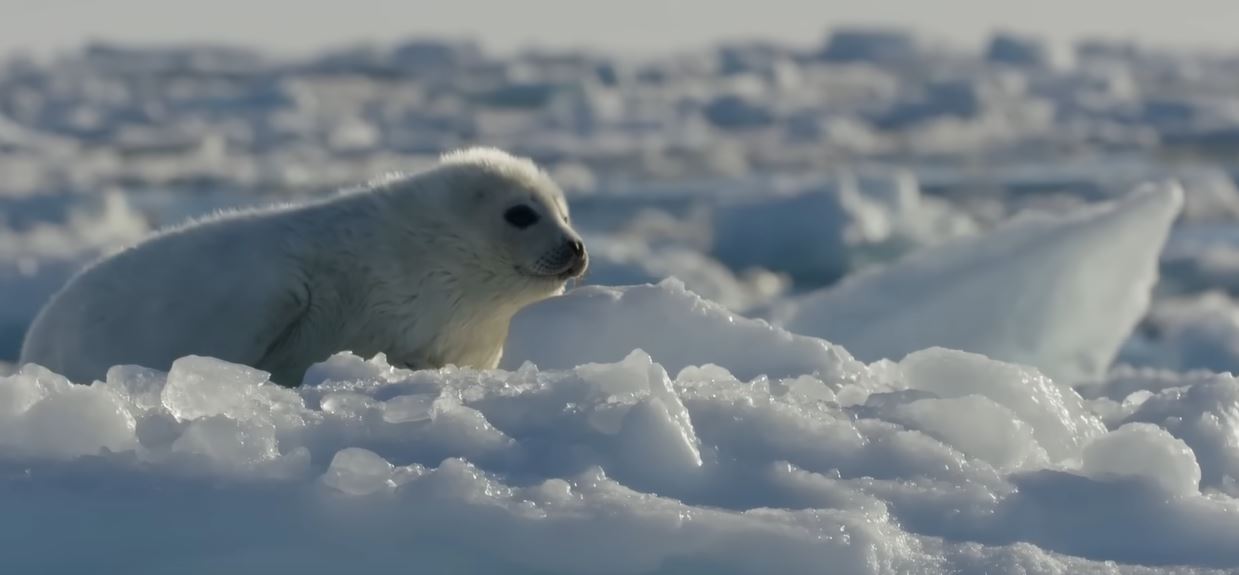
3. Social interactions: Seals are generally solitary animals, although they may gather in small groups called colonies during breeding seasons. Outside of the breeding season, they tend to be more independent and do not exhibit strong social bonds.
1. Feeding habits: Sea lions are also carnivorous and feed on a similar diet of fish, squid, and other marine organisms. They are skilled hunters and have been known to engage in cooperative hunting behaviors, such as herding fish into compact groups.
2. Mating and reproduction: Sea lions typically have a harem-based mating system, where a dominant male defends a group of females. Mating and breeding usually occur on land or rocky shores, and females give birth to a single pup after a gestation period.

3. Social interactions: Sea lions are more social animals compared to seals. They form larger colonies and exhibit more pronounced social interactions. They engage in vocal communication, engage in group behaviors such as barking, and can often be seen hauled out together in groups.
1. Similarities:
– Both seals and sea lions are carnivorous and feed on similar marine prey.
– They give birth to live young and care for their offspring.
2. Differences:
– Seals are generally more solitary animals, while sea lions are more social and form larger colonies.
– Sea lions exhibit more complex social behaviors, including vocal communication and cooperative hunting.
– Seals have a polygynous mating system, while sea lions have a harem-based mating system.
It’s important to note that behavior and social structure can vary among different seal and sea lion species, and there may be some overlapping traits and variations within populations.
Conservation Status and Threats
A. Conservation and threat status of Seals
Seals face various threats that impact their populations. These include habitat loss and degradation, pollution (such as oil spills), climate change, entanglement in fishing gear, hunting, and predation by natural predators or introduced species.
Several conservation measures are in place to protect seals. These include the establishment of protected areas, regulations on hunting and fishing practices, efforts to reduce pollution and mitigate the impacts of climate change, and monitoring programs to track population trends and assess the effectiveness of conservation actions.
B. Conservation and threat status of Sea Lions
Sea lions also face numerous threats to their survival. These include habitat degradation, overfishing (which can deplete their food sources), entanglement in fishing gear, pollution, human disturbance, disease, and predation by natural predators.
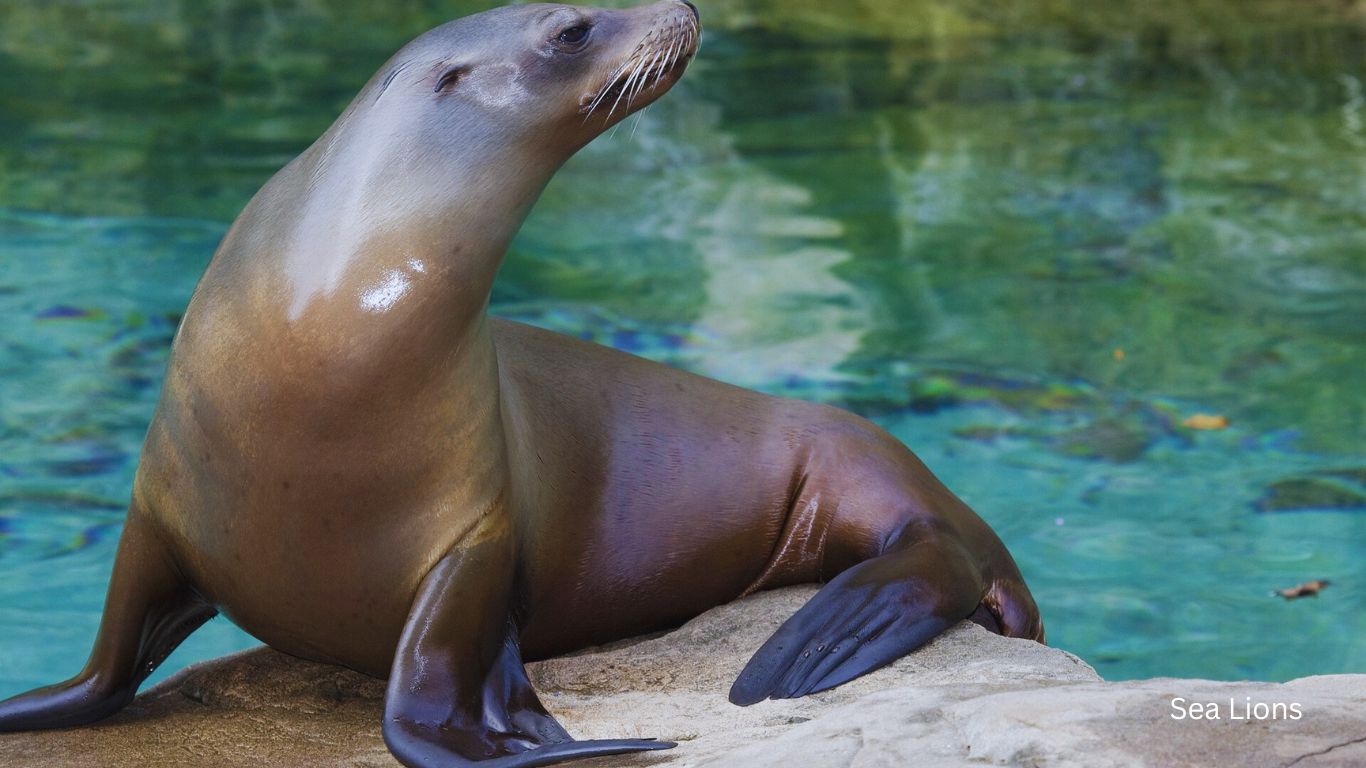
Conservation efforts for sea lions involve the establishment of protected areas, fisheries management practices to ensure sustainable fishing, regulations on hunting and trade, monitoring of population trends, research on the species’ ecology and behavior, and public education and awareness programs to promote their conservation.
C. Comparison of the conservation status and threats faced by seals and sea lions
1. Similarities
– Both seals and sea lions face threats such as habitat degradation, pollution, entanglement in fishing gear, and predation.
– Conservation efforts for both species involve the establishment of protected areas, monitoring, and research initiatives.
2. Differences
– Seals may face additional threats such as hunting, both for subsistence and commercial purposes, while sea lions are more affected by overfishing and human disturbance.
– The specific conservation measures and priorities may vary depending on the species and the regions they inhabit.
It’s important to note that the conservation status and specific threats faced by seals and sea lions can vary depending on the species and their respective geographic locations. Conservation efforts are essential to ensure the long-term survival of both seals and sea lions and to protect the delicate ecosystems they inhabit.
Conclusion
In conclusion, this article has explored the similarities and differences between seals and sea lions, two distinct but related species within the pinniped family. We discussed their physical characteristics, habitat and distribution, behavior and social structure, as well as their conservation status and the threats they face.
Seals are characterized by their streamlined bodies, short flippers, and solitary behavior, while sea lions have a more robust build, longer and more powerful front flippers, and exhibit more social behaviors. Seals are adaptable to a wide range of environments, while sea lions predominantly inhabit coastal areas, particularly in the northern hemisphere.
Both seals and sea lions face threats such as habitat degradation, pollution, entanglement in fishing gear, and predation. Conservation efforts are in place to protect these species, including the establishment of protected areas, regulations on hunting and fishing practices, and monitoring programs.
It is crucial to understand and appreciate the importance of seals and sea lions in our marine ecosystems. These fascinating marine mammals play vital roles in maintaining the balance of marine food webs and contribute to the overall health of our oceans. By protecting their habitats and implementing conservation measures, we can ensure their long-term survival and preserve the biodiversity of our planet.
Ultimately, our understanding and commitment to the conservation of seals and sea lions reflect our broader responsibility to protect and preserve the rich diversity of life on Earth. Through continued research, education, and collective action, we can contribute to the conservation and sustainability of these remarkable creatures and the ecosystems they depend on.
Reference Sites

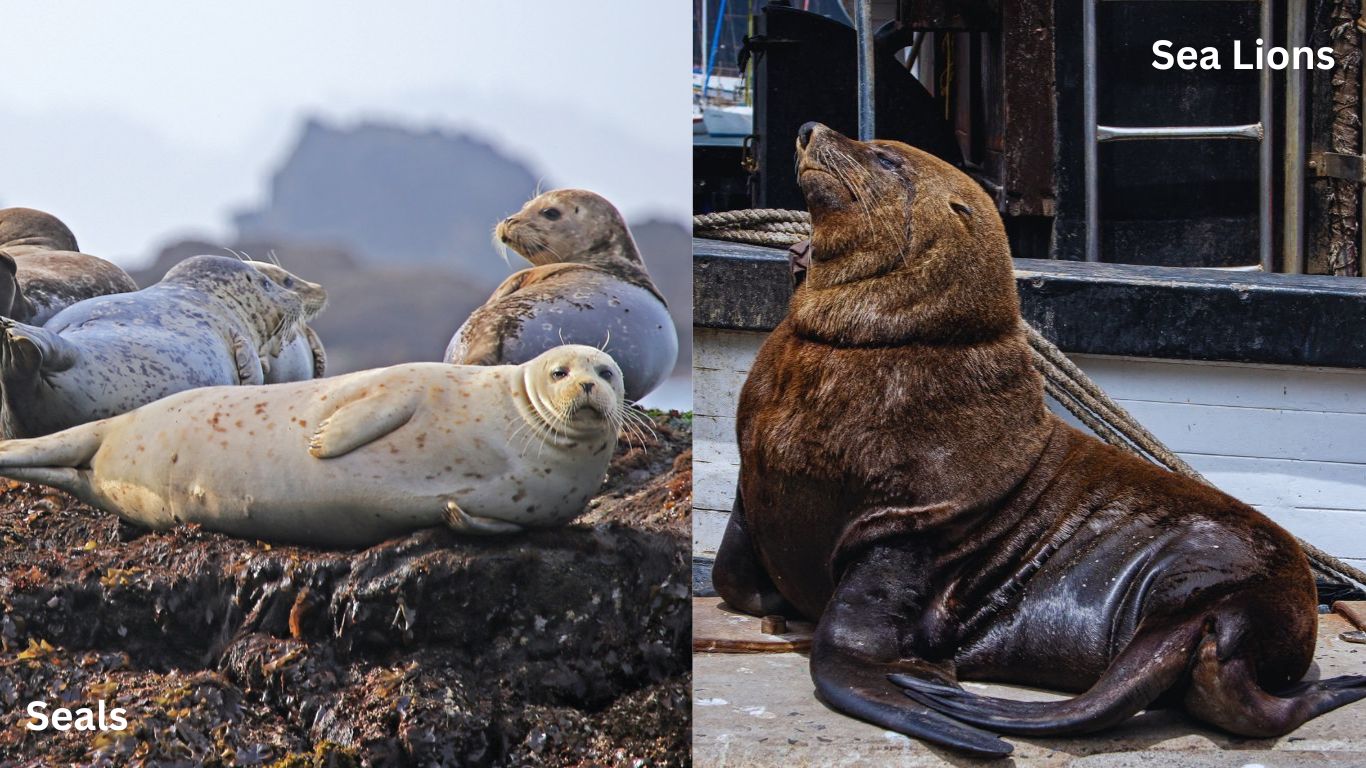
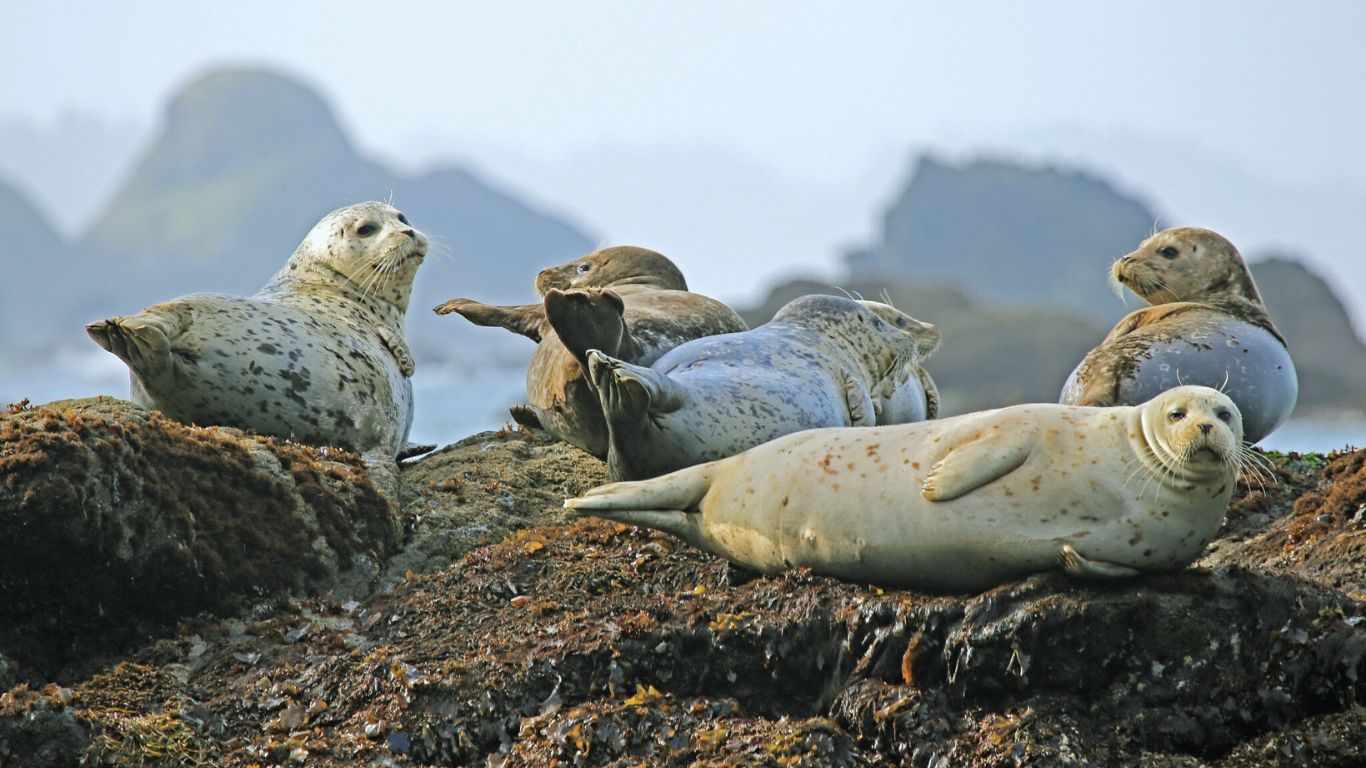
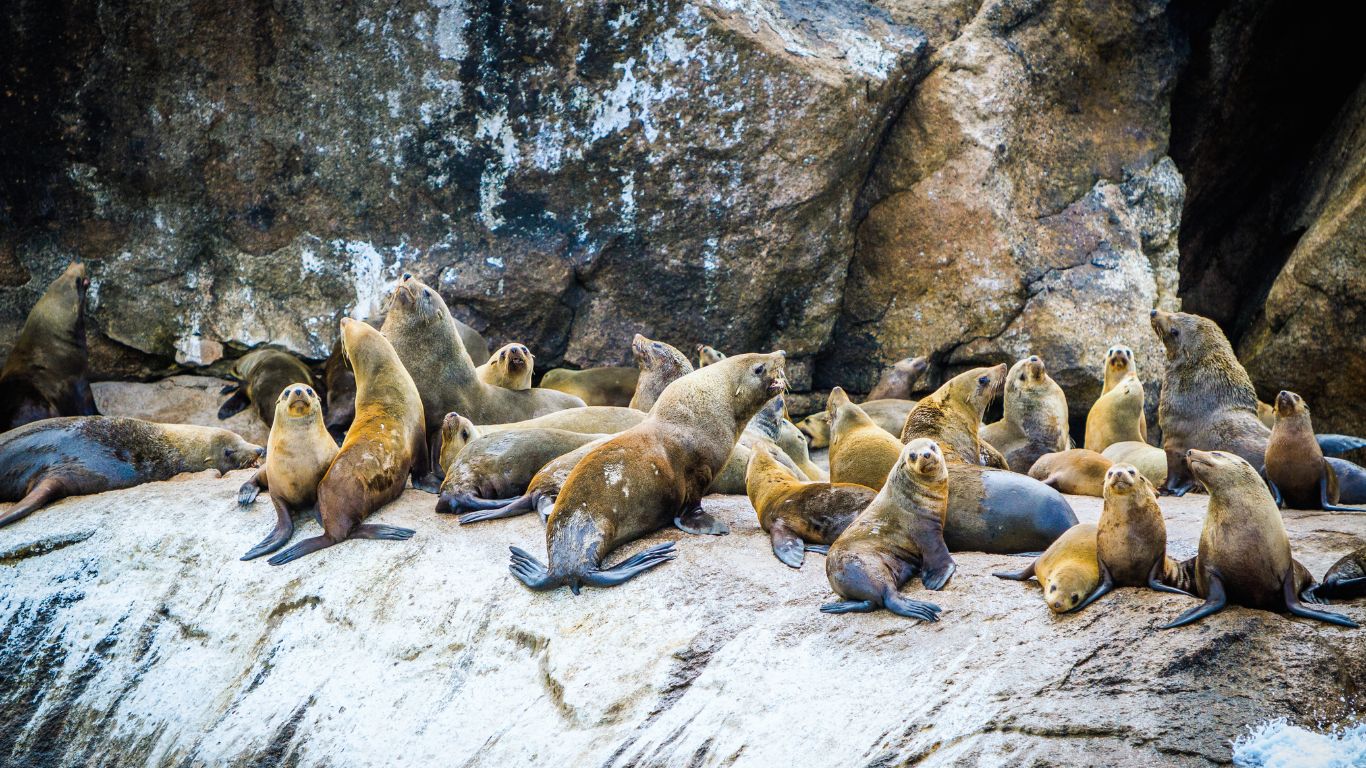
2 thoughts on “Are Seals Sea Lions: Can You Tell the Difference?”